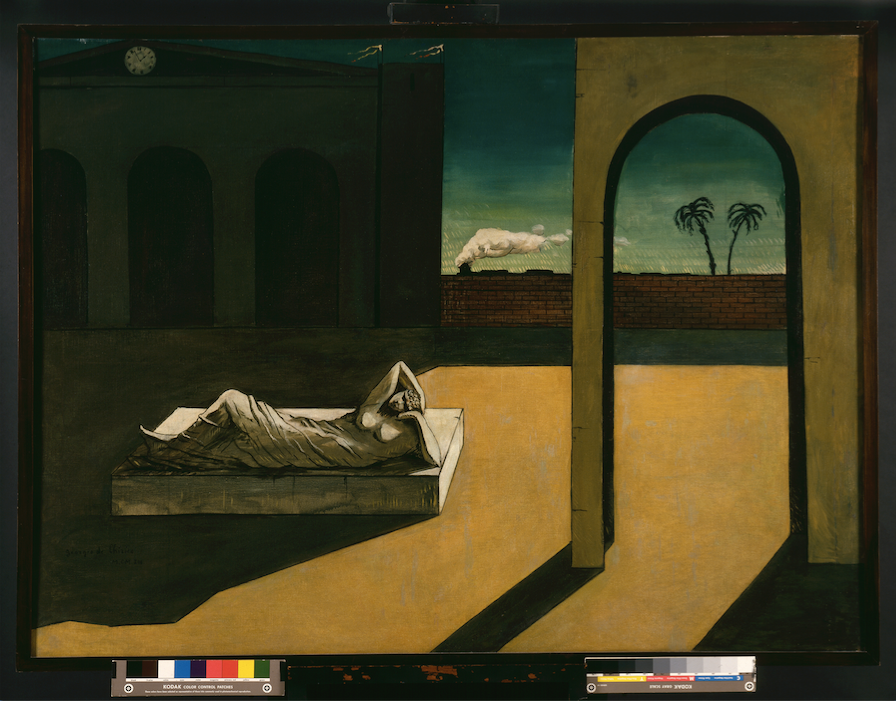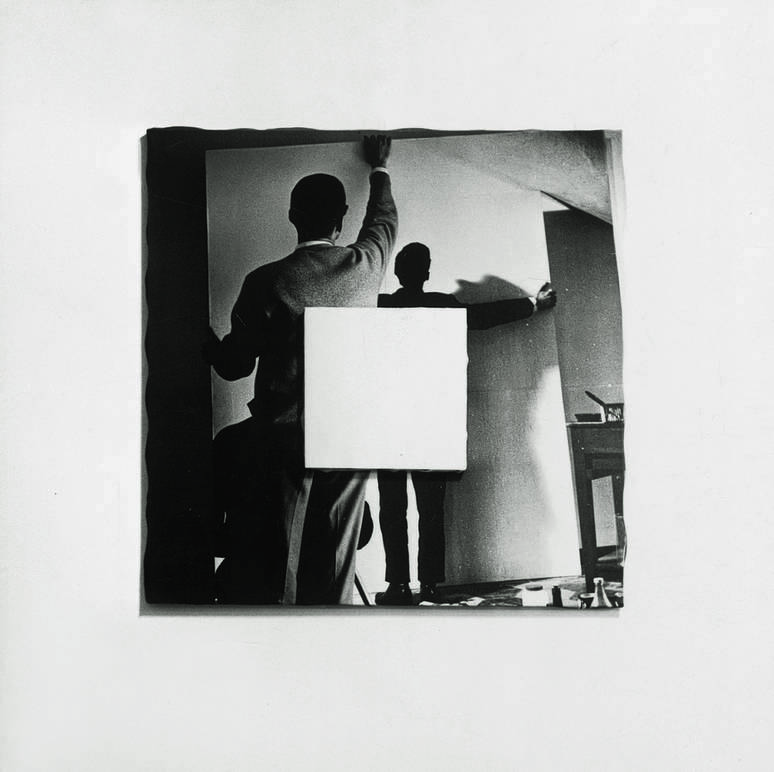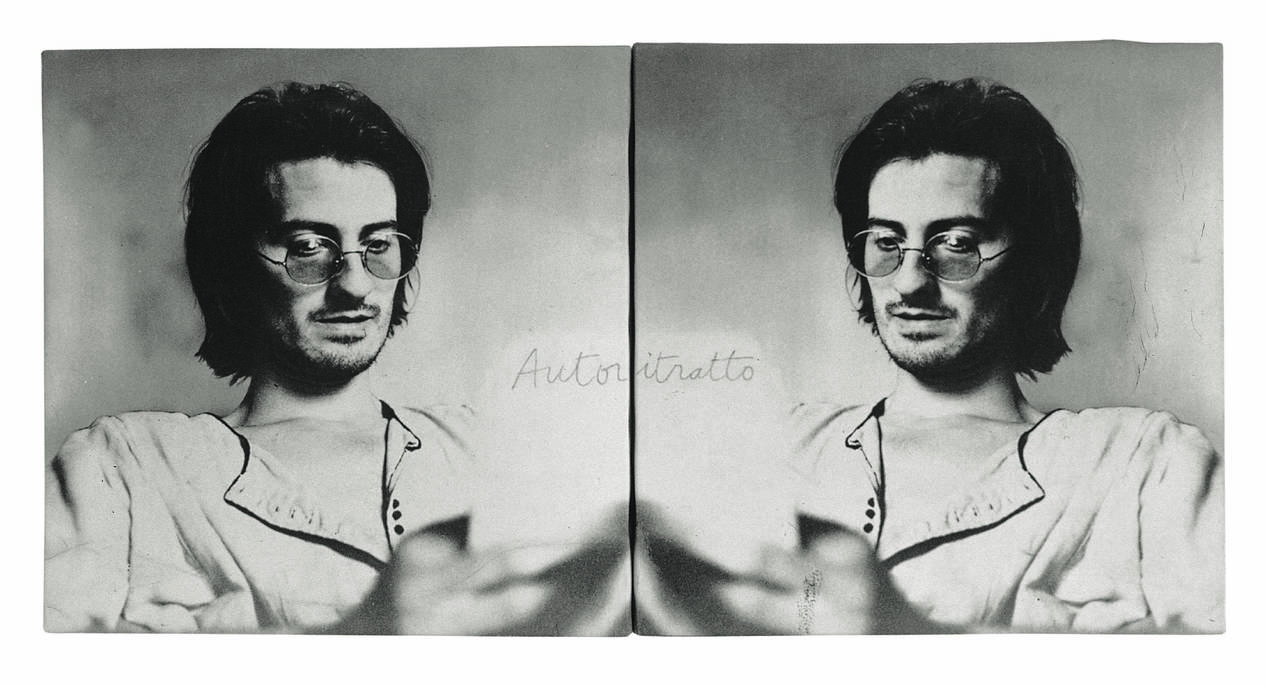Giorgio De Chirico - Giulio Paolini / Giulio Paolini - Giorgio De Chirico
The exhibit that attempts to rede ne the broader artistic output of de Chirico, not only his meta- physical period, to show him in a new light. In order to do so, explains Laura Mattioli, CIMA has enlisted the perspective of another artist, Giulio Paolini. From the outset of his career, Paolini took a great interest in de Chirico, meditating on his work in a highly original fashion and producing not derivate work but works that, as Mattioli puts it, “amplify, deepen and radicalize the conversation.”
Giorgio De Chirico (1888-1978), a giant of metaphysical painting, developed “deafening silences” in paintings where humans are almost always absent, where time runs on vaguely, where the stage merges with both the natural world and architecture. Mystery and enigma, subjects dear to the artist, reign supreme in his oeuvre.
“De Chirico was, for the most part, viewed by critics as anticipating Surrealism. Appreciations of his work have more often than not concentrated on the rst two decades of his career, after which he is held to be an awful painter with baroque tastes that verge on kitsch,” says Mattioli.
Giulio Paolini (1940) represents one of the great- est thinkers in contemporary art who got his start in the early 60s with the Arte Povera movement. A painter and sculptor, Paolini approached art conceptually. Interested in the publishing industry and language, the artist saw a work of art as a vision able to evoke an in nite number of other visions and embrace a sense of time that cannot be measured, which wavers between the art of the past and the art of the future. As the artist himself put it, “Ultimately I feel a bit like some- one who roams around in a void yet can’t help but describe it.”
“The two artists have many themes in common,” says Mattioli, “such as 18th cen- tury art, the theater, the ambi- guity of traditional perspective construction and its conventional aspect. The exhibit will focus on three that are particularly impor- tant to both artists: enigma, selfportrait as the artist’s double, and rede ning classicism.
“Both artists’ work,” she goes on to explain, “will be displayed together to achieve a better understanding of each individual’s original approach toward and different language for the same subject. De Chirico, for example, always employs pictorial means of all forms, including drawing and graphic art, whereas Paolini never engages in traditional painting, like oil on canvas.”
The works on display concentrate on the rst few decades of the 20th century, including emblematic works like Hector and Andromache (1917) and The Disquieting Muses (1918), as well as works dating from 1920-50, which shed light on other concepts and designs. Paolini, who uses different media – photos, sculptures, fabrics, molds, chalk – will show the series Mis-en-scène Interno Meta sico, 2009- 16 (Metaphysical Interior Mise-en-scène) – a title inspired by a series of well-known works by de Chirico – as well as new works on paper.






































i-Italy
Facebook
Google+
This work may not be reproduced, in whole or in part, without prior written permission.
Questo lavoro non può essere riprodotto, in tutto o in parte, senza permesso scritto.